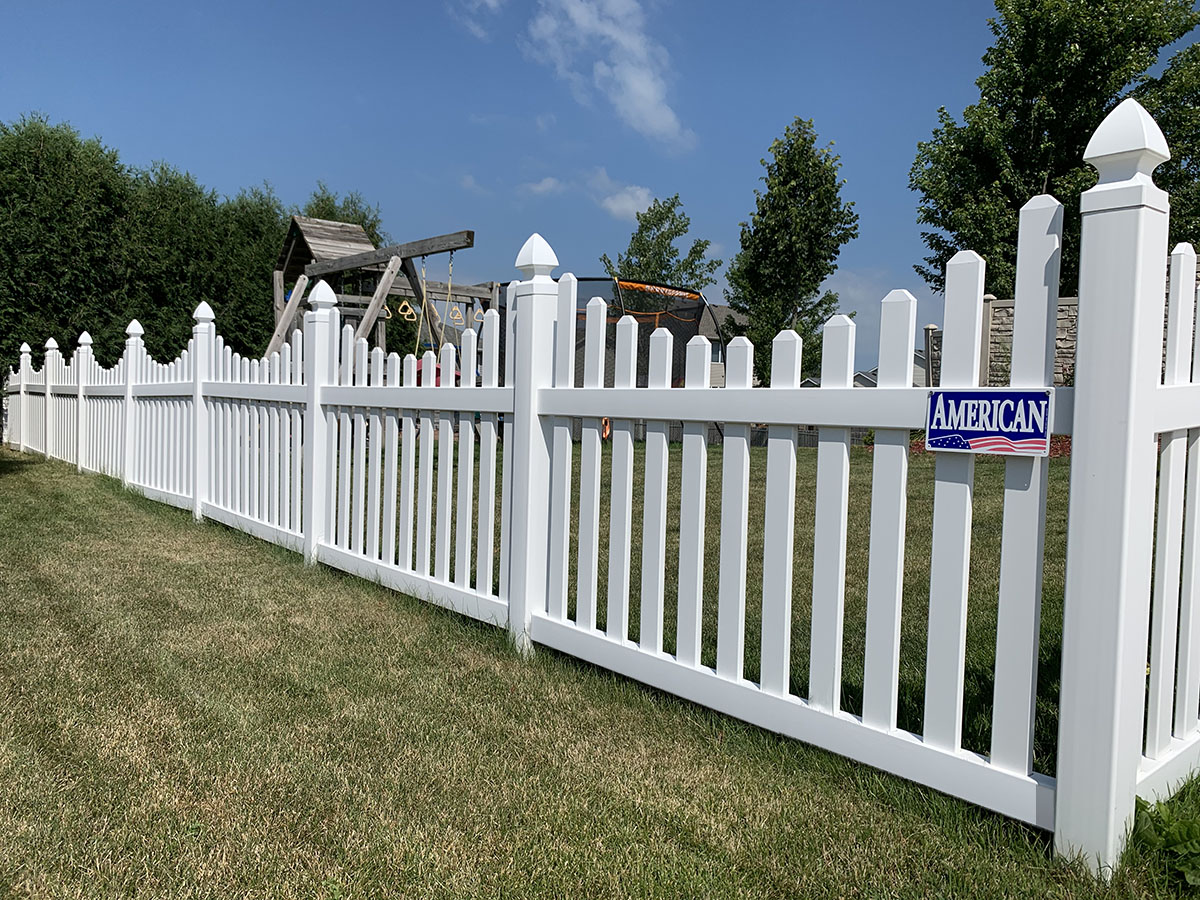All Categories
Featured

A fence is a useful enhancement to any kind of property, providing protection, personal privacy, and improving the overall visual charm of your home or organization. Like any outdoor structure, a fencing will naturally wear down over time due to direct exposure to the aspects, accidents, or simply age. Recognizing the indicators that your fencing requires to be changed can help you stay clear of further damage and preserve the safety and security and look of your home. Right here are some essential signs that it's time to change your fence.

- Visible Damage or Degeneration
One of the most obvious indicators that your fence needs to be changed is noticeable damage. Whether it's from weathering, crashes, or pests, any kind of significant fractures, splintering, or missing out on boards can substantially reduce the structural stability of your fence. Replacing the entire fencing may be a lot more economical in the lengthy run. if the damage is comprehensive and goes beyond simply a few repair services.
- Leaning or Sagging
A drooping or leaning fencing is a clear indication of a problem. In time, the rails and posts can shift as a result of moisture, rotting, or poor installation. If your fencing is no much longer standing directly or leaning at an angle, it's an excellent indication that the structure is jeopardized, which may call for a full substitute. Also if the fence seems leaning slightly, it can be an indicator of underlying structural concerns that can aggravate with time.
- Rotting or Rotting Wood

Wood fencings are particularly at risk to rot and degeneration, particularly in areas that experience high degrees of moisture or humidity. If you notice that components of your wooden fencing are soft, blemished, or have noticeable mold and mildew, these are all signs of rot.
- Corrosion and Corrosion (For Metal Fences)
If you have a metal corrosion, fence and corrosion are common signs of damage. If you discover any kind of considerable weakening or large areas of rust, it might be time to consider replacing your metal fence.
- Fence No More Fulfills Your Needs
Another reason to replace your fence can be that it no longer offers its designated function. In time, your requirements may change-- possibly you need a higher fence for more personal privacy or a more powerful one for boosted protection. If your fencing no more fulfills your requirements or does not align with your present preferences, it may be time to upgrade to a new, more useful layout.
- Fading and Discoloration
While fading and discoloration are typically aesthetic concerns, they can still suggest that your fencing is maturing. Direct exposure to UV rays and rough weather condition can trigger fences to shed their initial color, making them look dull and worn. If the fading is comprehensive and you've already attempted tarnishing the fencing and cleaning up, it might be time to change it to restore the appearance of your property.
- Regular Repairs
If you find on your own frequently fixing your fencing, it might be a sign that the fencing is nearing completion of its lifespan. While minor repair services can extend the life of a fence, regular repairs might show that the structure is no more secure. In this case, it might be more economical to replace the whole fence instead of remaining to purchase repairs.
Conclusion
Replacing a fence is a substantial financial investment, yet it is necessary for keeping the security, personal privacy, and curb allure of your residential or commercial property. If your fencing is showing indicators of damages, rot, leaning, or other structural issues, it's crucial to analyze whether a substitute is required. By determining these indication beforehand, you can make educated choices regarding when to replace your fence, guaranteeing your building continues to be protected and aesthetically appealing for years ahead.
Latest Posts
Uncover the Best Auto Repair Deals in Montclare, Chicago
Published May 27, 25
1 min read
How to Know When Your Car Needs Skilled Auto Repair at Montclare Auto Repair
Published May 27, 25
1 min read
The Benefits of Regular Car Maintenance at Montclare Auto Repair Reduces Costs
Published May 22, 25
1 min read
More
Latest Posts
Uncover the Best Auto Repair Deals in Montclare, Chicago
Published May 27, 25
1 min read
How to Know When Your Car Needs Skilled Auto Repair at Montclare Auto Repair
Published May 27, 25
1 min read
The Benefits of Regular Car Maintenance at Montclare Auto Repair Reduces Costs
Published May 22, 25
1 min read